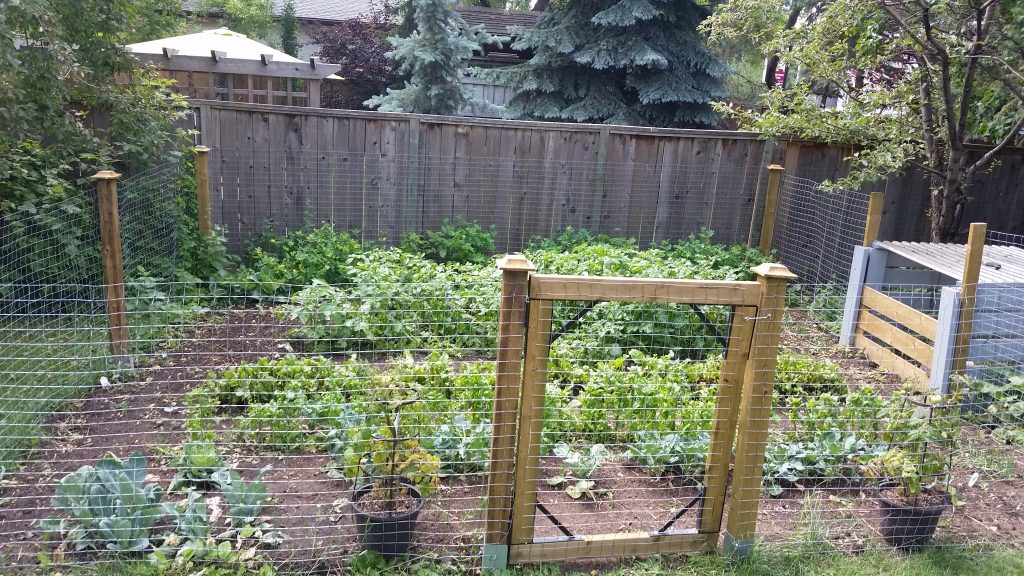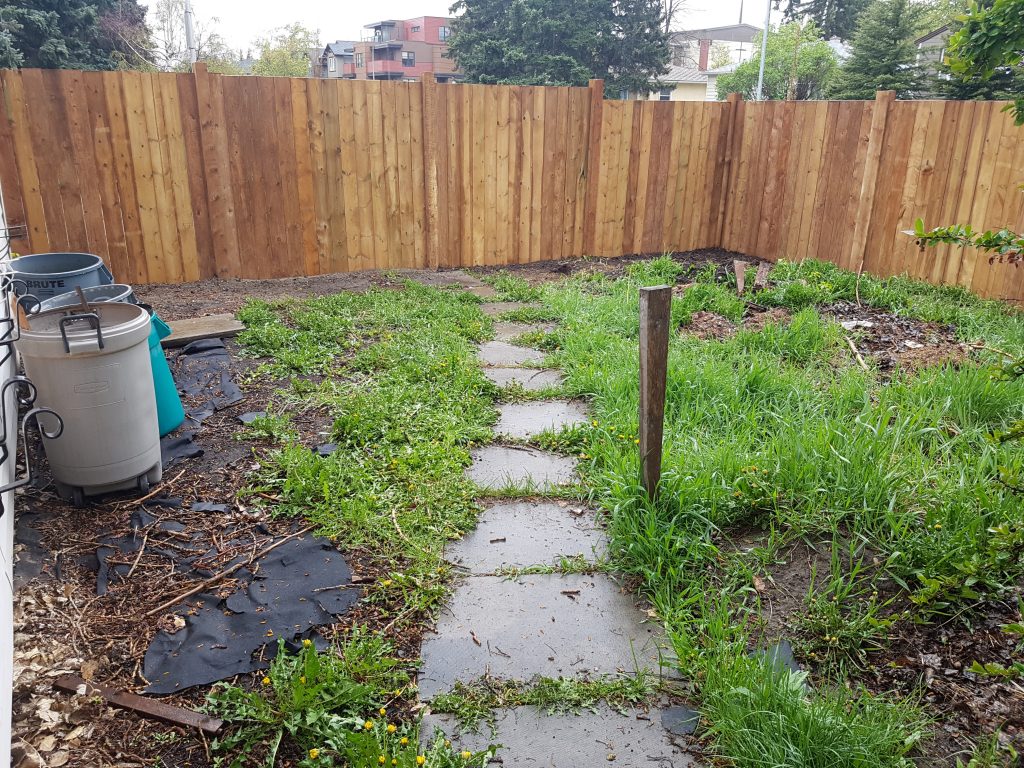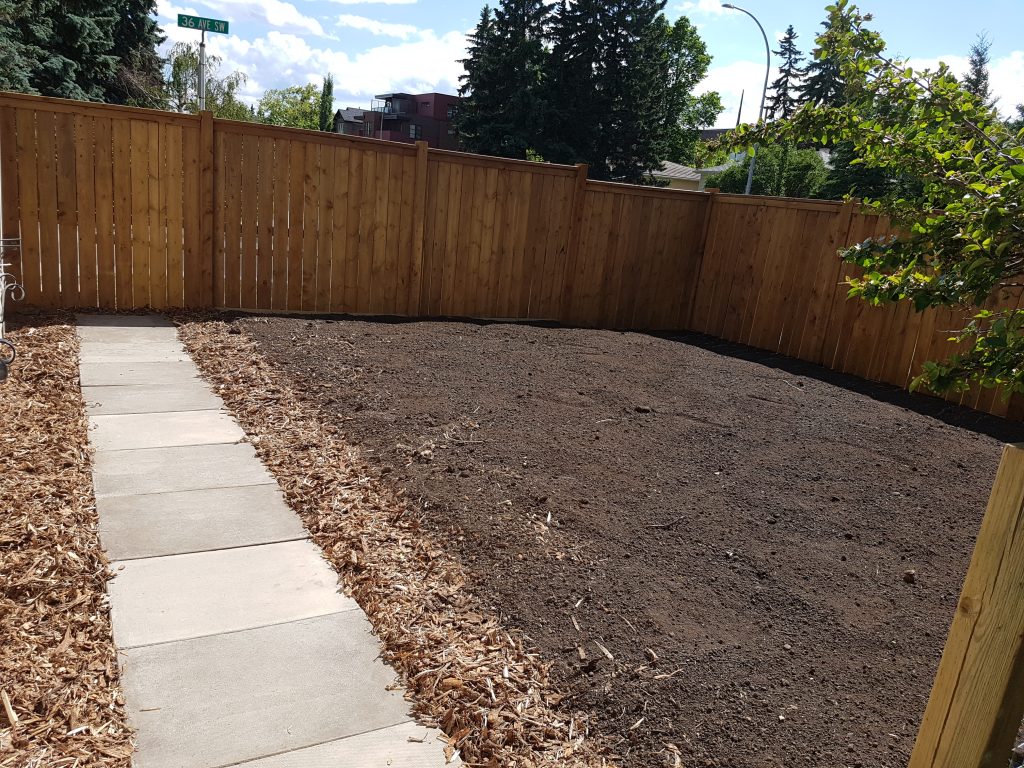
More and more people are joining the foodscape movement of the back yard urban vegetable farmer. Heck, it’s where the name “Eat MY Shrubs” came from. The idea of growing, harvesting, preparing and ultimately eating and enjoying your own food is empowering. It is the physical taste of independence, sustainability, and self-sufficiency. Even if it’s only tomatoes in a sunny window of an apartment, or the back 5 acres of a country field. The more you can do to feel that empowerment, and eat that nutritious food, the closer you will be to the most optimum health possible.
Now, having said all that, where do we start to foodscape?

Growing your own food does not need to be complicated or time consuming. If you are only trying to supplement your own families grocery bill. Growing food in an apartment setting is an entire thing on it’s own. When we scale up to urban outdoor gardens and larger properties there are things to keep in mind.
One thing first is adding to your existing garden and using what you have. Even ornamental shrubs and trees serve an ecosystem function. They can give the eye a place to rest, which is important to the aesthetic of your garden. Adding edible perennials and annuals to the vacant spaces in your garden can be an easy place to start.

In addition to the key resources (water, soil and sunlight), looking at your garden in seven different layers can help build a foodscape.
- Upper Canopy – Spruce trees, Poplar trees etc,
- Lower Canopy – Ash trees, Apple trees etc,
- Shrubs – Serviceberry, Gooseberry etc,
- Herbaceous – Rhubarb, Broccoli etc,
- Ground cover – Thyme, Lettuce etc,
- Vines – Ivy, Hops etc,
- Rhizomesphere — Mushroom, Carrot, Potato etc.
Also, when thinking about time and energy input, consideration of annuals or perennials should be weighed.
Annuals have a short yield time use limited resources from the soil, which means quicker satisfaction for your efforts, but they are short term and do require more annual energy input, and are more fragile when it comes to bad weather.
Perennials hold up better to the storms, and require minimal annual energy input, and they are more long term. However, they have longer yield times, usually, and require more soil resources in the long run.
It is usually best to have a combination of annuals and perennials that all have multiple functions, and place plants with similar needs close to each other.
Other things to consider if you are adding a new garden of any sort are things like climate zones and micro climates, the geographical location, any slope/drainage/water availability, available sunlight, are the roots competing, will the plant spread and what is the function in the garden?
If you are thinking about adding edible plants to your garden either in addition to the existing ornamentals, or you are thinking about a full vegetable garden addition, contact me to discuss options and solutions.